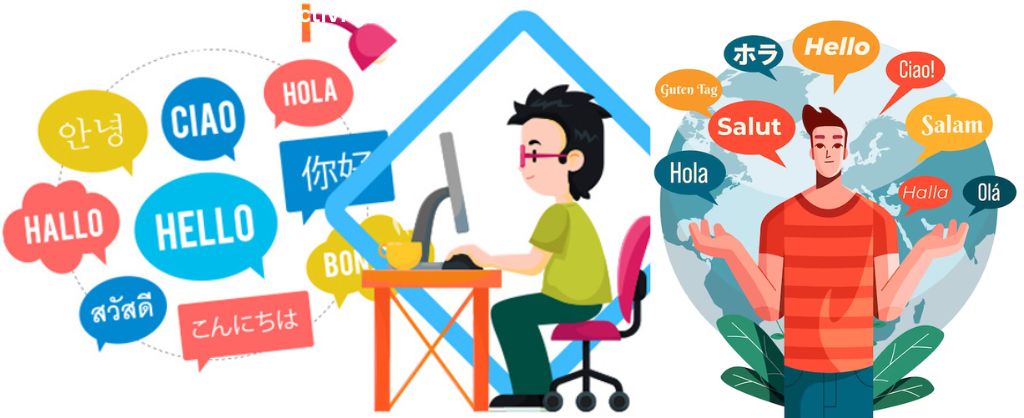2Mami Insights
Your go-to source for news, tips, and inspiration.
Lost in Translation: Why Language Learning Feels Like a Game of Charades
Unlock the humor in language learning! Discover why mastering new languages can feel like a hilarious game of charades.
The Charades Challenge: Navigating Common Language Learning Pitfalls
The Charades Challenge is not just a fun game, but a metaphor for the language learning journey that many face. As learners attempt to convey meanings without relying on words, they often encounter common pitfalls that can hinder their progress. One major challenge is the reliance on direct translations. For instance, while trying to express a concept, learners might instinctively translate phrases from their native language, resulting in awkward or incorrect usage. This can lead to confusion, as the intended meaning may not resonate in the target language, revealing the importance of context and cultural nuances.
Another prevalent issue is the fear of making mistakes. Many language learners become so engrossed in achieving perfection that they shy away from speaking or engaging in conversations. This reluctance can stifle their confidence and inhibit their ability to practice effectively. To overcome this pitfall, it's essential to embrace mistakes as vital learning opportunities. Incorporating games like charades into language practice encourages creativity and reduces the pressure to perform flawlessly, ultimately making the learning process enjoyable and less intimidating.

Why Learning a New Language Feels Like Playing Charades: The Psychology Behind It
Learning a new language can evoke a feeling akin to playing charades. Both activities require the use of body language, facial expressions, and creative thinking to convey ideas and meanings. When attempting to communicate in a foreign tongue, learners often rely on gestures and improvised actions to bridge the gap between their native language and the one they are trying to master. This process can be both humorous and frustrating, as individuals must navigate the complexities of linguistic interpretation while also managing the social dynamics of communication.
The psychology behind this phenomenon lies in the cognitive strategies we employ when facing language barriers. As our brains work to decode unfamiliar vocabulary and grammatical structures, we instinctively utilize non-verbal cues, similar to the rules of charades. This mental juggling not only sparks creativity but also enhances memory retention and problem-solving skills, making the learning experience more engaging. Ultimately, the challenge of using a new language while mimicking the playful chaos of charades reinforces the idea that language acquisition can be an enjoyable and interactive journey.
From Gestures to Grammar: How Non-Verbal Communication Aids Language Learning
Non-verbal communication plays a pivotal role in language learning, often serving as a bridge between gestures and grammar. Numerous studies suggest that the incorporation of body language, facial expressions, and gestures can enhance understanding and retention of new vocabulary and concepts. For instance, using hand movements to illustrate words can create a more immersive experience, making it easier for learners to associate meanings. This multi-sensory approach taps into the brain's ability to create stronger connections, thereby facilitating the learning process.
Moreover, non-verbal cues contribute significantly to real-life conversational skills. Gestures and expressions can convey emotions and intentions, often reinforcing the verbal message or providing additional context. Language learners who engage in role-playing activities, where they mimic real-life situations incorporating both verbal and non-verbal elements, often show improved fluency and confidence. By recognizing and leveraging these non-verbal signals, learners not only grasp the mechanics of a new language but also become more adept at navigating social nuances, which are crucial for effective communication.